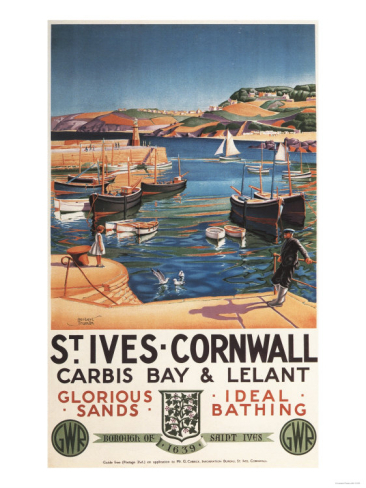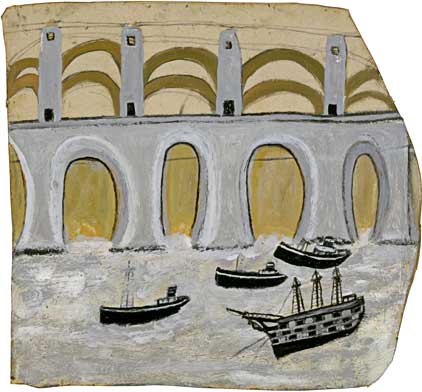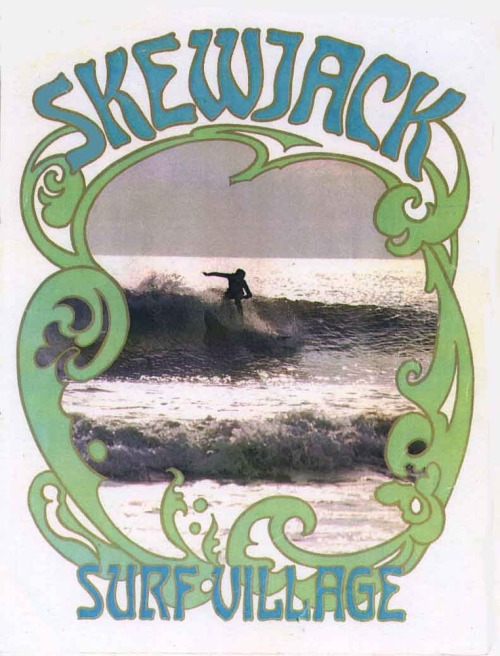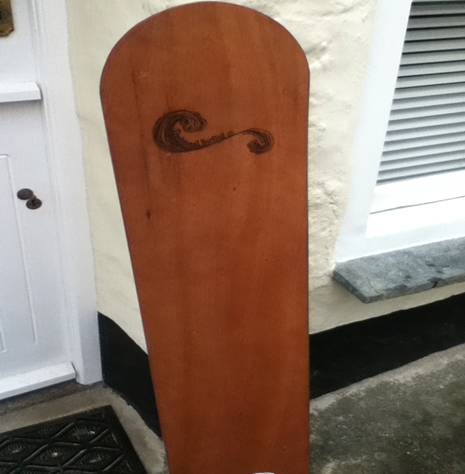The Briar Wood, from the Briar Rose Series by Sir Edward Burne-Jones
To laugh is to risk appearing the fool;
To weep is to risk appearing sentimental;
To reach out for another is to risk involvement,
To expose feeling is to risk exposing your true self.
To place your ideas and your dreams before the crowd is to risk their loss
To love is to risk not being loved in return.
To live is to risk dying,
To hope is to risk despair,
To try is to risk failure.
But risk must be taken, because the greatest hazard in life is to risk nothing.
The person who risks nothing, does nothing, has nothing, and is nothing;
They may avoid suffering and sorrow,
But they simply cannot learn,
Feel change, grow, love, live.
Chained by their certitude, they are a slave,
They have forfeited freedom;
Only the person who risks is free.
Author unknown
Although it is easy to nod and agree with the premise, I’ve been thinking about how much I really live by the philosophy of this poem/quotation (often attributed to various people, the original source is unclear).
There are those who take risks of a physical nature; testing their boundaries and adrenalin supplies in extreme sports. I admire them and would love to be them: the rock-climber; the surfer who seeks out that secret but dangerous break; anyone who does anything that involves jumping out of a plane! But no matter how adventurous your life, will it not still be lacking if you are afraid to take a risk with your heart?
I know I take risks of a personal nature – a true believer that faint heart ne’er won fair, er, maid… (Yes, I would have made a damn good medieval knight), I am not afraid to make a fool of myself if I deem something to be important. I’ll give you an example: I once, upon impulse, sent a dozen red roses to a man I liked. As you can imagine, I spent the next 24 hours in a state of acute anxiety, cursing myself for my rashness, and awaiting the inevitable humiliation. What was I thinking? What would he think?! Pacing the floor, rocking back and forth and whining in a primeval manner doesn’t come close. But life is too short to let fear of rejection, or even contempt, rule your decisions: even in failure, there is experience. Even through pain, there is growth and self-knowledge. You can go through life presenting the outer self; the controlled façade that protects against pain, but you’re not being true to your real self; to your inner self; to your heart. In matters of the heart perhaps we take the biggest risk of all, but I am not afraid of the love letter; the heartfelt gesture. In this instance, it worked. He called, and it was the start of a long relationship. I’ve not always been so fortunate, but, well, the poem says it all and better than I…
But I am not taking the risks that I need to in other areas of my life. If there was a word that described the antithesis of ambition, that’d be me. I create: I write and paint, but have a real block when it comes to ‘putting it out there’. I am not a good business-woman. Words like ‘business’ ‘finance’ and even ‘career’ are somehow anathema to me. I re-work, re-edit; concentrate on the detail. I over-paint and over-paint. To an extent this is a good thing, but I struggle to let things go, and I hate, absolutely hate, the concept of ‘selling’. It generally takes someone to stride forcefully up to me and demand a painting whilst slapping some hard cash in my hand. I don’t know why I’m like this: modesty is one thing, but this is borderline-pathological, especially when I spend so much of my time in the business of creation.
I know all the maxims; the doctrines and mantras… I know I’m supposed to feel the fear and do it anyway. Nobody cares, nothing to see, move along please. People might love you, hate you or be largely indifferent. I know all this, I know it. And yet still I work on that new novel whilst performing the umpteenth edit on the first, when I could have self-published two years ago! So what’s stopping me? Well, for one thing; I’m still finding things wrong. Small things maybe, but if I can see it, then you will too, that’s for sure. These are the things that trip us up, irritate, and in some cases, completely destroy suspension of disbelief. The offending book ends up hurled into the nearest passing skip (or cyber-equivalent). But more than that, I believe that if you are self-publishing, and moreover, tackling all aspects of the process, including proof-reading, editing and cover design, you have an absolute duty to make it good. Or, at least the very best you can. Because, although many traditionally published books with their army of middle-men can still be badly edited and proof-read, it is almost MORE important for an ‘indie’ publisher to preserve the integrity and plausibility of the self-published author by being good.
But there still comes a time when we have to let our babies go. So why do I fear taking the risk, the leap of faith? Maybe this will be the year I’ll learn to put this right. As a start I have not obsessively edited or over-read this post. But ah, there’s the rub…will I post it?
Happy New Year.




















